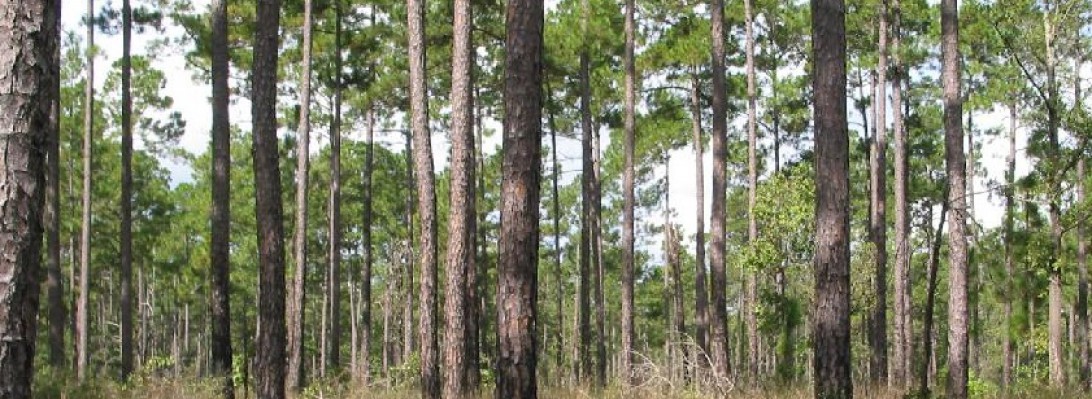



NAMING
Scientific Name: Liquidambar styraciflua
Family: Hamamelidaceae
Common: sweetgum
HABITAT
Native
Habitat: Swamps, floodplains, and in dry plains
Range: W. FL -> TX -> IL -> CT
TREE TRUNK
Size: 80-100ft tall
Bark: furrowed, irregular, corky when mature
Twigs: long petiole, imbricate scales, occasionally have corky appendages
LEAVES
Leaf arrangement: alternate
Leaf type: simple
Leaf margin: serrate
Leaf shape: lobed (typically 5)
Leaf blade length: 4 to 8 inches long
Leaf venation: palmate
Leaf color: dark green above, light green below with hairs where veins come together
Leaf persistence: deciduous
REPRODUCTION
Flowers: inconspicuous
Fruit: aggregate of capsules – spiny/woody
USES
Wildlife – birds and small animals eat seeds
Commercial – old trees with redgum fungus sought after for veneers, moderate timber value, used for pulp, urbanly planted
TOLERANCES
Fire – Low
Drought – Mod
Flood – Mod
Salt – No
Shade – No
